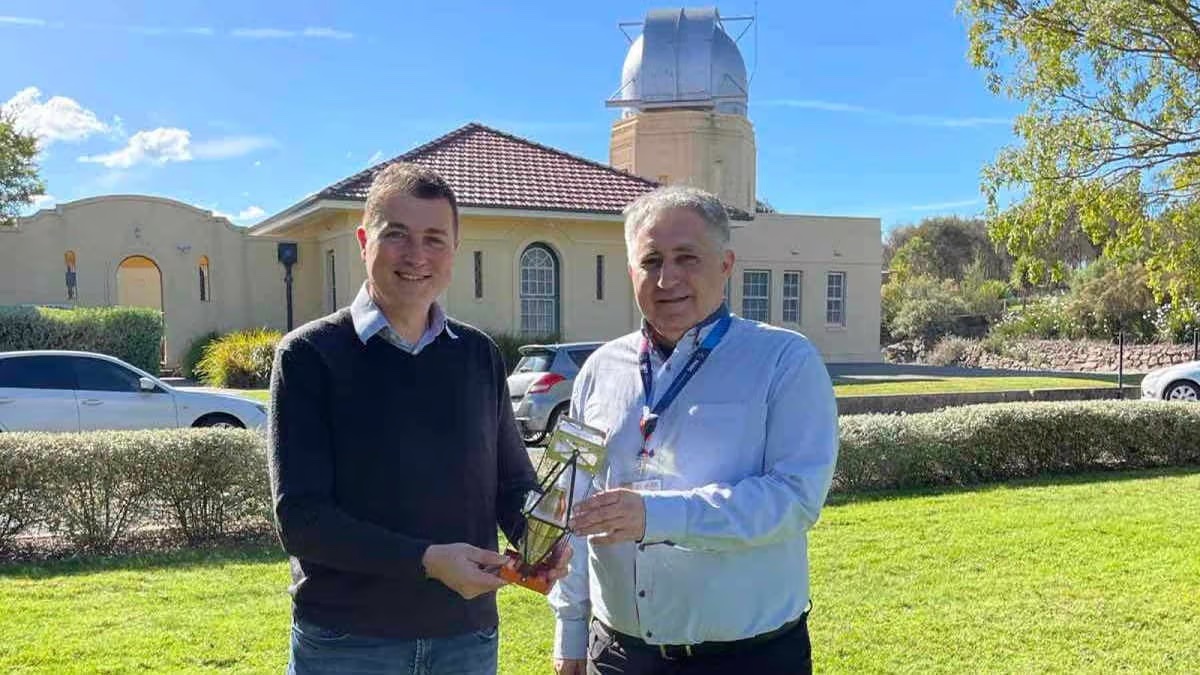16.05.2023

An international collaboration is setting out to test whether meta-optical systems can withstand the harsh conditions of space and launches.
Meta-optical elements – known as metasurfaces – are arrays of nano-scale components spaced apart in gaps smaller than the wavelength of the light being used. They interact strongly with light and can be programmed to manipulate phase and polarisation of light.
This ability to influence light is useful in many applications including some prospective endeavours such as quantum technologies, holography and sensing.
Such technologies could be useful in space industries and exploration. Meta-optics promise to solve a major problem in the space industry of weight constraints in payloads. Meta-optical systems can lead to a miniaturisation of systems where traditional optics have been a choke point, especially with lens systems adding significant bulk.
But optical metasurfaces have never been tested for their ability to withstand the immense pressures and extreme environmental conditions in space and during space launches.

Australian National University.
The European Space Agency under the Program for European Cooperating States, commissioned the research for Bulgarian start-up LaboraXpert and the Australian Research Council Centre of Excellence for Transformative Meta-Optical Systems (TMOS).
“The demand for Earth observation data is growing, yet the industry still faces the challenge of size and weight constraints when sending a payload into space,” says TMOS Centre Director Professor Dragomir Neshev says. “Meta-optics will allow for the simultaneous advancement of the functionality and miniaturisation of remote sensing systems. This study will provide information towards the development of robust space applications using meta-material optical elements.”
“We believe meta-optics will enable a new set of innovative applications because of its ability to miniaturise complex optical devices and provide additional embedded functionality of optical systems,” Neshev adds.
Quelle: COSMOS
